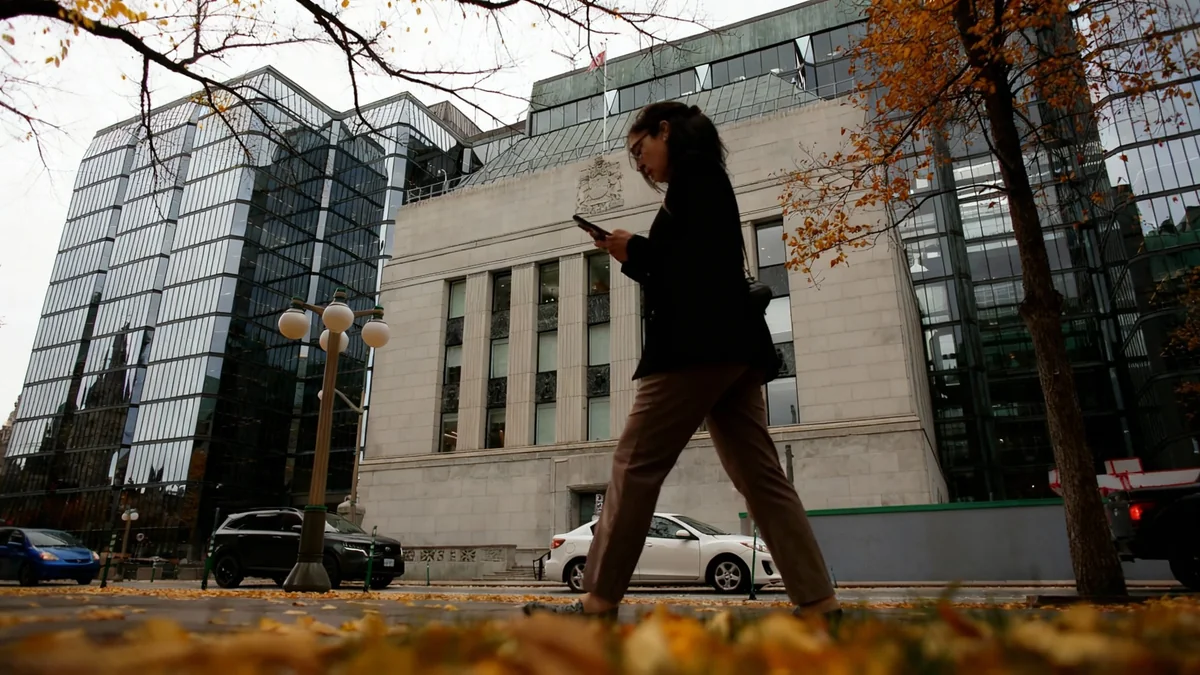Malaysia's Second Finance Minister, Amir Hamzah Azizan, has stated that the Malaysian ringgit is positioned to continue its recent appreciation, potentially strengthening to a level below 4 per U.S. dollar within the next 12 months. This optimistic forecast is based on the country's solid economic fundamentals, including robust domestic consumption and disciplined government fiscal management.
Key Takeaways
- Malaysia's Second Finance Minister forecasts the ringgit could strengthen to below 4 per U.S. dollar in the next year, a potential gain of over 5%.
- Strong domestic spending, fueled by policies like wage increases for civil servants, is a primary driver of economic resilience.
- The government projects economic growth of 4% to 4.5% for 2026, supported by a proposed budget of 470 billion ringgit.
- Fiscal consolidation remains a priority, with a target to reduce the budget deficit to 3.5% of GDP by 2026.
- Malaysia is exploring new revenue streams, including the strategic development of its rare earth mineral sector.
Ringgit's Path to Appreciation
According to Second Finance Minister Amir Hamzah Azizan, the Malaysian ringgit is expected to build on its recent performance. In an interview with Bloomberg Television, he projected the currency could appreciate to “just below” 4 ringgit per U.S. dollar over the next 12 months.
Such a move would represent an increase of more than 5% from current levels and would mark the currency's strongest closing point since 2018. This year, the ringgit has already gained nearly 6%, positioning it as the top-performing currency in Southeast Asia.
“The ringgit is still resilient because the fundamentals are still strong,” Amir stated. He expressed confidence that even if the U.S. Federal Reserve adjusts its monetary policy easing schedule, the Malaysian currency has sufficient momentum to advance.
Domestic Economy as the Engine
The foundation of this positive outlook is Malaysia's strong domestic economy. The government is actively working to stimulate local demand by putting “money in the hands of the people” and supporting small and medium-sized enterprises (SMEs).
Key policies underpinning this strategy include wage hikes for civil servants and maintaining a high employment rate, both of which contribute directly to increased consumer spending. This focus on domestic consumption is intended to insulate the economy from external pressures, such as potential U.S. tariffs.
Economic Growth Projections
The Malaysian government anticipates the economy will expand by 4% to 4.5% in 2026. This follows a projected growth rate of 4% to 4.8% for 2025. However, analysts predict a slight slowdown in the third quarter of 2025, with growth expected at 4.2%, down from 4.4% in the previous quarter.
Fiscal Strategy and Budget for 2026
Prime Minister Anwar Ibrahim, who also serves as the finance minister, recently unveiled a 470 billion ringgit ($111.3 billion) expenditure plan for 2026. The budget aims to balance economic support with fiscal responsibility, a crucial task as the country faces declining oil revenue.
A central goal of the government's fiscal policy is to reduce the budget deficit. The target is to lower the deficit from 3.8% of gross domestic product (GDP) this year to 3.5% of GDP by 2026. This commitment to fiscal prudence is a key factor supporting currency stability.
Navigating Declining Oil Revenue
Malaysia's dependence on petroleum-related income has significantly decreased over the past decade. According to reports, revenue from this sector as a percentage of state income has roughly halved since 2009. The 2026 budget reflects this reality, with state oil company Petronas expected to contribute a dividend of 20 billion ringgit, only half of its 2023 payment.
Revenue Diversification and Tax Reforms
To compensate for lower oil revenues, the government is implementing several measures to broaden its revenue base and improve tax collection efficiency. The 2026 budget avoids major new taxes or subsidy cuts but introduces targeted fiscal adjustments.
These adjustments include:
- Higher duties on cigarettes and alcohol, effective from November.
- A confirmed plan to introduce a carbon tax on the iron, steel, and energy industries in the coming year.
- Expansion of the sales and services tax.
- Adoption of digital tools like e-invoicing to enhance tax compliance.
Amir emphasized that these efforts are crucial for reducing the government's reliance on oil and gas income. The focus will also be on fostering growth in high-potential sectors such as semiconductors, energy, and digital technology.
Challenges and Future Opportunities
While the government's fiscal plan has been outlined, some analysts suggest more comprehensive reforms are needed. The Institute for Democracy and Economic Affairs (IDEAS), a think tank, noted that the 2026 budget lacks significant measures to diversify and deepen Malaysia's tax base against future economic shocks.
“Budget 2026 manages immediate pressures, but lasting progress depends on the government’s ability to turn fiscal restraint into reform,” IDEAS stated. The think tank added that expanding the revenue base and improving spending efficiency must be priorities.
Another point of concern is the country's debt level. As of the end of June, the federal government’s debt-to-GDP ratio stood at 64.7%, which IDEAS described as elevated, leaving limited fiscal space to handle future crises.
Exploring the Potential of Rare Earths
In its search for new revenue sources, the government is seriously considering the development of its rare earth minerals sector. These minerals are essential for high-tech manufacturing, including electronic devices, electric vehicles, and green technologies like advanced batteries.
Prime Minister Anwar announced that the sovereign wealth fund, Khazanah Nasional Bhd., will collaborate with global partners on downstream processing of rare earths. Amir confirmed that the government is in the early stages of this initiative.
“We are still in very early days of actually understanding how to build this leg, and we are in conversations with certain governments to understand where a strategic alliance or strategic partnership can make sense,” he said. The government is currently conducting detailed mapping to identify reserve locations and potential constraints, with some deposits located in states like Terengganu, Kelantan, and Kedah.





